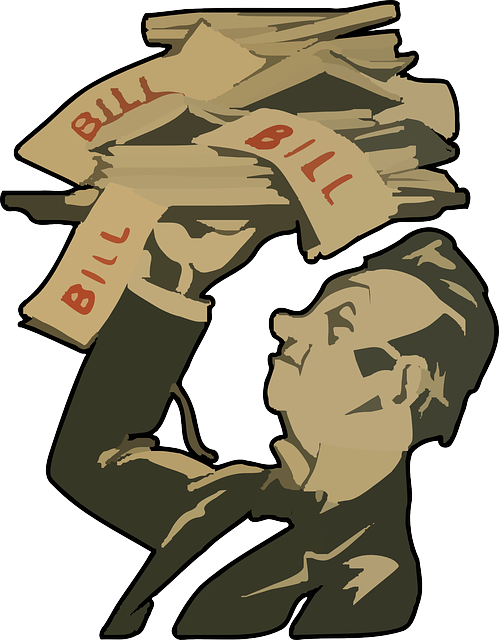Multiple high-interest debts can create financial strain and complexity, leading to missed payments or default. To ease this burden, individuals can consolidate their debts into a single low-interest loan. This simplifies repayment, reduces borrowing costs, provides financial relief, and regains control over finances. The process involves assessing debt situation, evaluating financial health, applying for a low-interest personal loan, and creating a strict repayment plan. Known as debt consolidation, this strategic approach is a game-changer in managing complex debt landscapes.
Struggling with multiple high-interest credit card debts? You’re not alone. Many consumers find themselves caught in a cycle of high payments and little progress. But there’s a powerful solution: consolidating your debts into one low-interest loan. This strategy can simplify payments, save significant money on interest, and free up cash flow. In this comprehensive guide, we’ll walk you through the steps to merge your debts, offering a clear path to financial stability.
- Understanding Multiple High-Interest Debt and Its Impact
- Steps to Consolidate Debt Into One Low-Interest Loan: A Comprehensive Guide
Understanding Multiple High-Interest Debt and Its Impact

Multiple high-interest debts can create a financial burden, often leading individuals to seek relief through consolidation. When you have several loans with varying interest rates, managing repayments becomes complex. Each debt requires individual attention, making it challenging to keep track and potentially leading to missed payments or default. This situation not only causes stress but also results in significant extra costs due to the high-interest rates.
Consolidating these debts into a single low-interest loan offers a solution. By combining multiple loans, individuals can simplify their repayment process, making it easier to manage their finances. A consolidated loan typically has a lower interest rate, which reduces the overall cost of borrowing and provides much-needed financial relief. This strategic move enables borrowers to focus on paying off their debt more efficiently, ultimately helping them regain control over their finances.
Steps to Consolidate Debt Into One Low-Interest Loan: A Comprehensive Guide

Merging multiple cards into one low-interest loan is a strategic move to simplify debt repayment and save on interest costs. Here’s a step-by-step guide to help you navigate this process effectively.
First, assess your current debt situation by listing all your credit card debts and their respective interest rates. Compare these rates to find the lowest possible option for consolidation. Next, consider your overall financial health; evaluating your income, expenses, and savings will help determine if you’re in a position to manage the loan payments comfortably. If qualified, apply for a low-interest personal loan from a bank or credit union, using it to pay off your credit cards. This new loan should have a lower interest rate than your combined card debts. Lastly, create a strict repayment plan for the consolidated loan, focusing on paying off the debt as quickly as possible to minimize interest charges.

